The Churchill Club: The Inspiring Teenage Rebellion Against Hitler
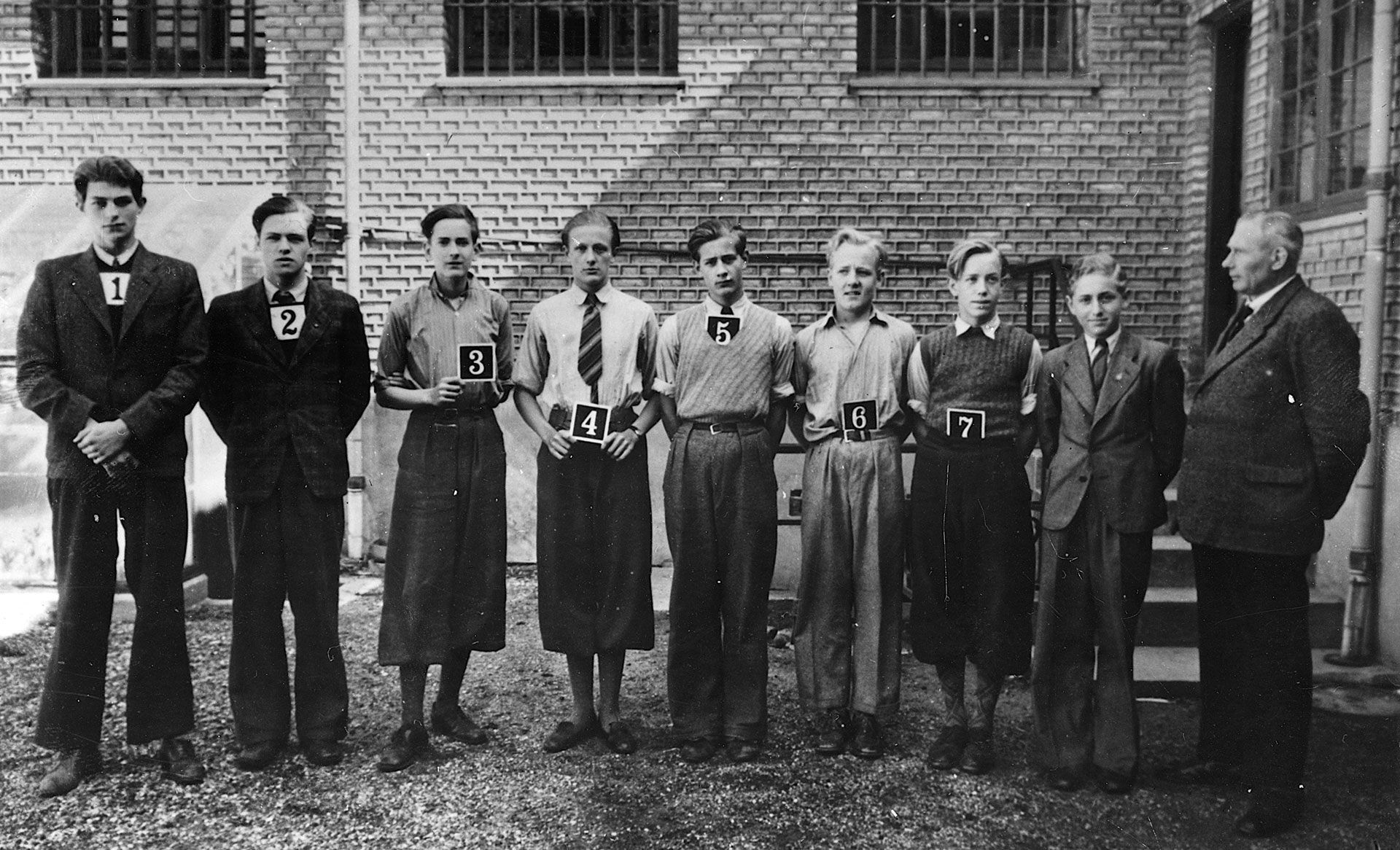
Eight of the Churchill Club’s ten members in Aalborg Prison on the day after their arrest. From the left: Knud Pedersen, Jens Bue Pedersen, Mogens Fjellerup, Eigil Astrup Frederiksen, Helge Milo, Uffe Darket, Mogens Thomsen and Børge Ollendorf. On the right the arresting officer. Photo courtesy of Aalborg Kloster
Nazi Germany had occupied Poland for less than a year before the regime rolled through Denmark. The only planes seen in the clouds were those of the Luftwaffe, and the sympathetic Danish government offered zero resistance to the invasion. Soon after Germany invaded Norway in April 1940, newspaper reports shared horrific details of the executions of members of the Norwegian resistance.
Teenagers as young as 13 years old were frustrated with their government’s inaction and their parents’ acceptance of defeat with an expectation of mercy. Brothers Knud and Jed Pedersen from Odense, the third-largest city in Denmark, enlisted the help of their friends and cousins to resist Adolf Hitler and the Nazi sympathizers.
“We had no weapons at all and wouldn’t have known how to use them even if we were armed to the teeth,” said Knud Pedersen, from the book The Boys Who Challenged Hitler. “We rode our bikes downtown to the central square to scope things out. Right away we spotted all these freshly painted directional signs. They were yellow and black, not the usual bright red Danish signs.”
The road signs were emplaced to direct the newly arrived German soldiers around the foreign city; however, the boys rammed their bikes into them and knocked them over. They used hammers to turn the other signs on the road to face the opposite direction.
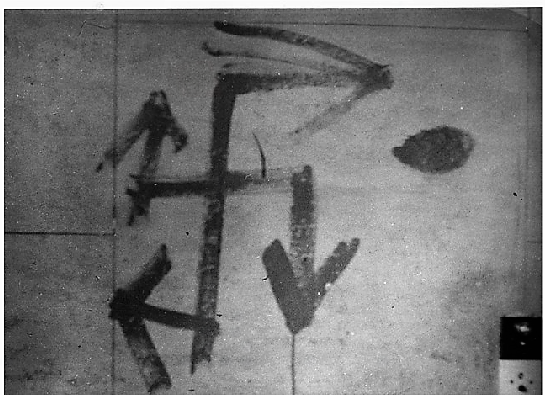
“We were doing these things in broad daylight, right after school,” Pedersen said. “Plenty of people saw us, and we could see them pointing, but we struck lightning-fast and got out of there. In and out quickly — that became RAF Club style.”
The name RAF Club was inspired by their heroes among the Royal Air Force. Instead of painting insignia on planes like the pilots, the teenagers carved symbols into the seats of their bicycles.
In the spring of 1941, the Pedersen family moved 150 miles north. The RAF Club was now in their past, but with World War II having no end in sight, the brothers quickly influenced their classmates at the Aalborg Cathedral School to form another secret society. This time they called themselves the Churchill Club after their fearless leader Winston Churchill in London.
The Churchill Club had the same No. 1 rule as Fight Club — you do not talk about Churchill Club. If one were to mention its existence, one would be immediately banned.
The Churchill Club was split into three sections: propaganda, technical, and sabotage. The propaganda department targeted Nazi sympathizers, painting anti-German messages in blue with words such as “war profiteer” and symbols modifying the arms of the Nazi swastika into lightning bolts. “Here is the symbol of revolution against the Nazis!” proclaimed the message. “This flame of rebellion killed Nazis.”
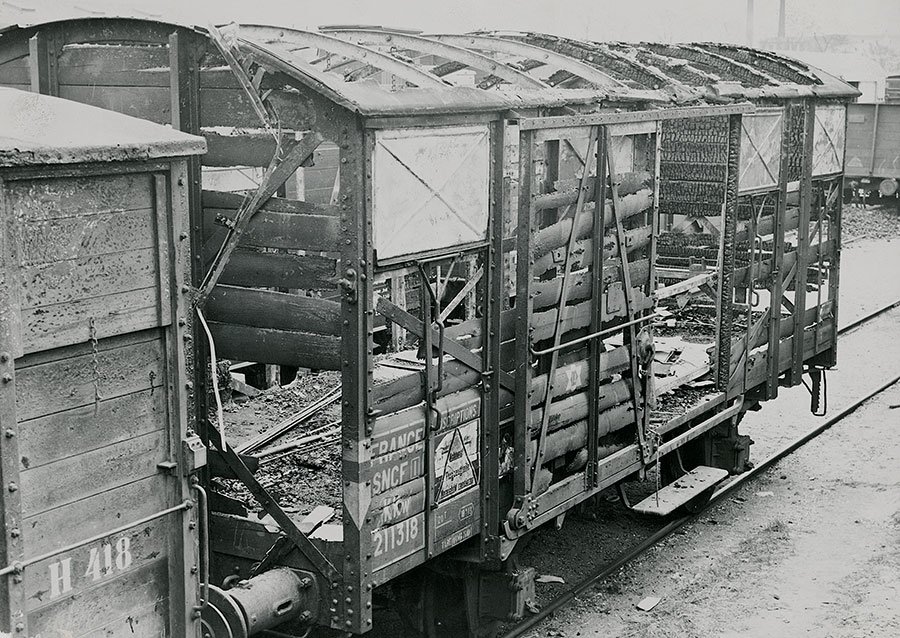
Meanwhile, the technical department specialized in explosives. Teenagers between the ages of 13 and 17 didn’t exactly have the knowledge to procure military-grade bombs. Mogens Fjellerup, one of the boys in the group known to them simply as “the Professor,” was a rare and priceless asset. Fjellerup had a gift for science, and his teachers even trusted him with the key to the physics lab. He stole chemicals to craft homemade bombs from the inside of a converted chamber on the second floor of the Aalborg Monastery.
The sabotage arm of the Churchill Club operated on a micro scale — nothing as severe as the paramilitary and special operations units of the West. They would slash tires on German vehicles, vandalize businesses, and steal German weapons.
They carried whistles to distract guards to complete their raids. Early on, their acts of small sabotage rarely happened at night because of increased German patrols. After lying to their parents about playing the game of bridge with friends, members of the Churchill Club secured a few extra nighttime hours to set fire to the Fuchs Construction Co. headquarters at the Aalborg Airport.
The arson specialists carried gasoline in a small canister kept hidden in their school bag. The Germans saw children going to school, but the Churchill Club was scouting potential targets on bicycle reconnaissance.
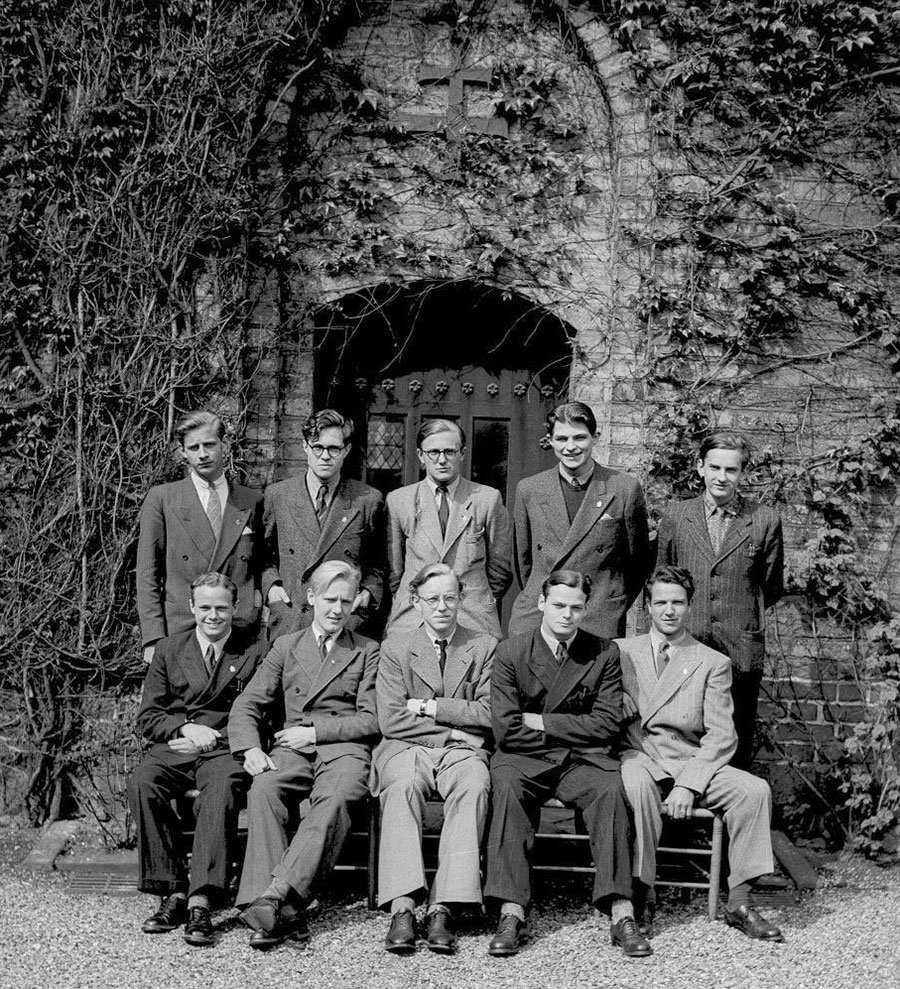
Their arsenal of stolen German weapons, knives, and bayonets grew larger, secreted in the monastery’s basement. “Our parents never caught on,” said Pedersen. “Mother and Father were alarmed by my sliding grades, but they were happy to see me make new friends and probably took it as a good sign that we all spent so much time at the monastery rather than someone else’s house.”
Their actions only got bolder. On the evening of May 2, 1942, five members of the Churchill Club biked to the Aalborg rail yard, dodging spotlights and German guard posts. They reached a chain-link fence, and one of the boys chatted up the sentry. The other four cut a hole into the fence. Two carried pistols to provide security, while Pedersen and another carried mortar rounds and emplaced them on a series of train cars.
The explosion engulfed the target and ignited the airplane wings inside. Soon alarms sounded, and the Danish fire department arrived to provide assistance — except they didn’t. Claiming live ammunition could be in the boxcars, they declared it was too dangerous to suppress the fire. The Churchill Clubbers took notice of their act of defiance.
On Friday, six days after their most daring raid on the rail yard, a security police force came to their school and arrested the teenagers. The basement weapons cache was discovered, and the boys were taken to the King Hans Gades Jail. The juveniles were sentenced by a Danish court to serve 18 months to three years in prison for the offenses of serious acts of sabotage against German armed forces, theft of weapons and ammunition, vandalism, and arson.
Despite being imprisoned, they didn’t spend all of their nights cooped up in their Danish jail cells. “Knud Hornbo and the Houlberg brothers escaped nineteen nights in a row,” wrote Pedersen, adding they slipped under a dummy bar of the window. “The trio got so used to leaving the prison that one day they left too early and found themselves uncomfortably out on the street in broad daylight. They ducked into a movie theater and took seats. Once their eyes adjusted to the darkness, they found that they were seated among German soldiers enjoying a weekly newsreel of German battlefield heroics.”
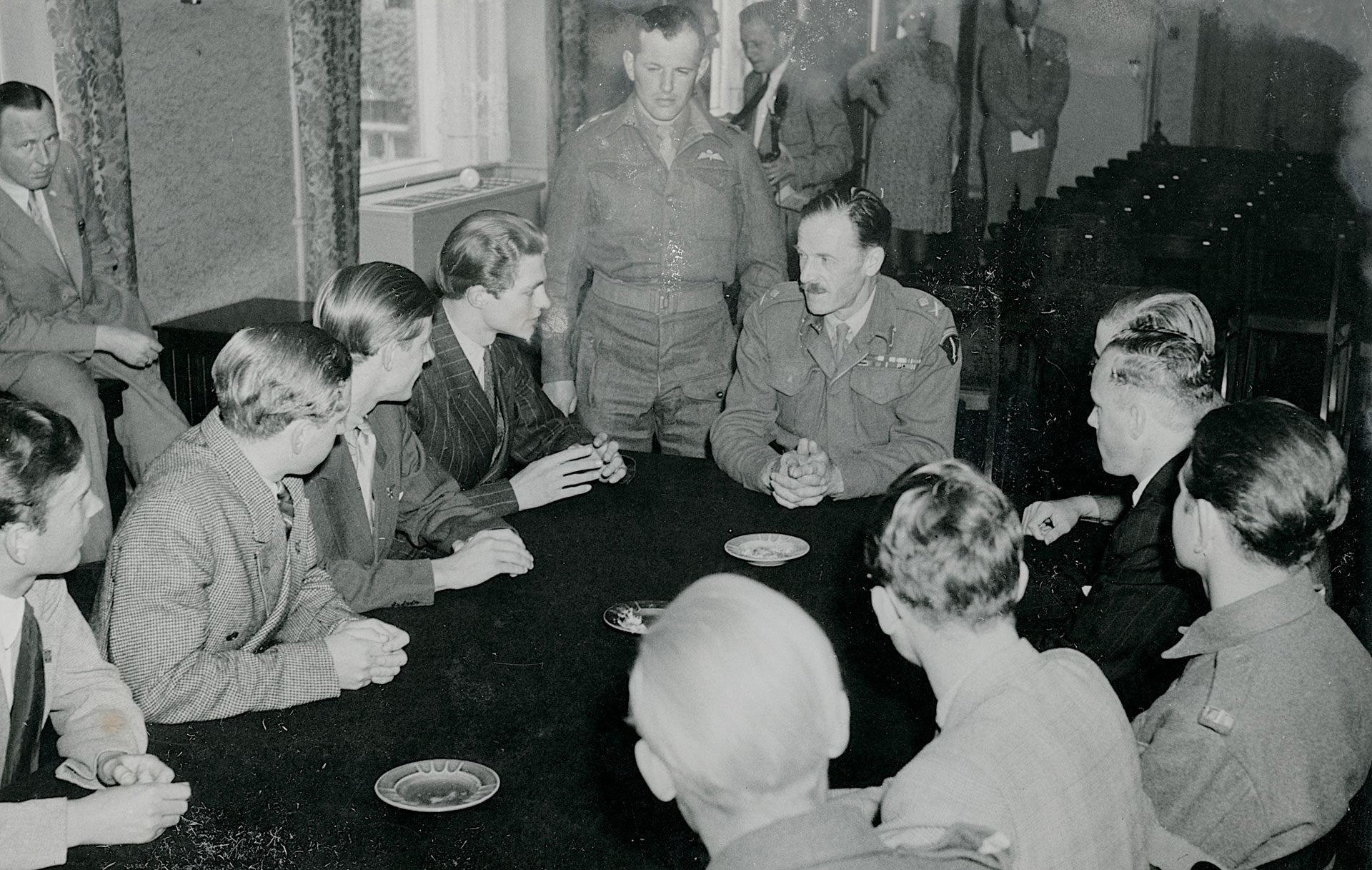
The escape artists were discovered once more and transported to the Nyborg State Prison. That fortress was the new home for members of the Churchill Club for the next two years. Knud Pedersen would be released on May 27, 1944.
Following the liberation of Denmark in 1945 by the Allies, the Churchill Club was personally invited to share their stories with Gen. Richard Dewing. Their individual tales, of innocent schoolboys turned wartime saboteurs and prison inmates, inspired Dewing to share news of their daring revolt with Winston Churchill himself.
In 1950, Churchill was in Copenhagen to accept an award for outstanding contributions to European culture. Churchill longed to meet these courageous teenagers who were emboldened to call their sabotage organization by his name. Pedersen showed his small business card with his name and title to an attendant at the door of the VIP section where Churchill and his wife would be.
“It was the same title that landed me in two Danish prisons,” Pedersen said. “It had inspired robotic guards to try to reduce me to a number. My title had been cursed and lauded in thousands of living rooms and kitchens and workplaces during Denmark’s bleakest hours. It was a title I had taken on as a boy and would wear with pride for the rest of my life. The card read: Knud Pedersen: Member of the Churchill Club.”

Matt Fratus is a history staff writer for Coffee or Die. He prides himself on uncovering the most fascinating tales of history by sharing them through any means of engaging storytelling. He writes for his micro-blog @LateNightHistory on Instagram, where he shares the story behind the image. He is also the host of the Late Night History podcast. When not writing about history, Matt enjoys volunteering for One More Wave and rooting for Boston sports teams.
BRCC and Bad Moon Print Press team up for an exclusive, limited-edition T-shirt design!
BRCC partners with Team Room Design for an exclusive T-shirt release!
Thirty Seconds Out has partnered with BRCC for an exclusive shirt design invoking the God of Winter.
Lucas O'Hara of Grizzly Forge has teamed up with BRCC for a badass, exclusive Shirt Club T-shirt design featuring his most popular knife and tiomahawk.
Coffee or Die sits down with one of the graphic designers behind Black Rifle Coffee's signature look and vibe.
Biden will award the Medal of Honor to a Vietnam War Army helicopter pilot who risked his life to save a reconnaissance team from almost certain death.
Ever wonder how much Jack Mandaville would f*ck sh*t up if he went back in time? The American Revolution didn't even see him coming.
A nearly 200-year-old West Point time capsule that at first appeared to yield little more than dust contains hidden treasure, the US Military Academy said.












